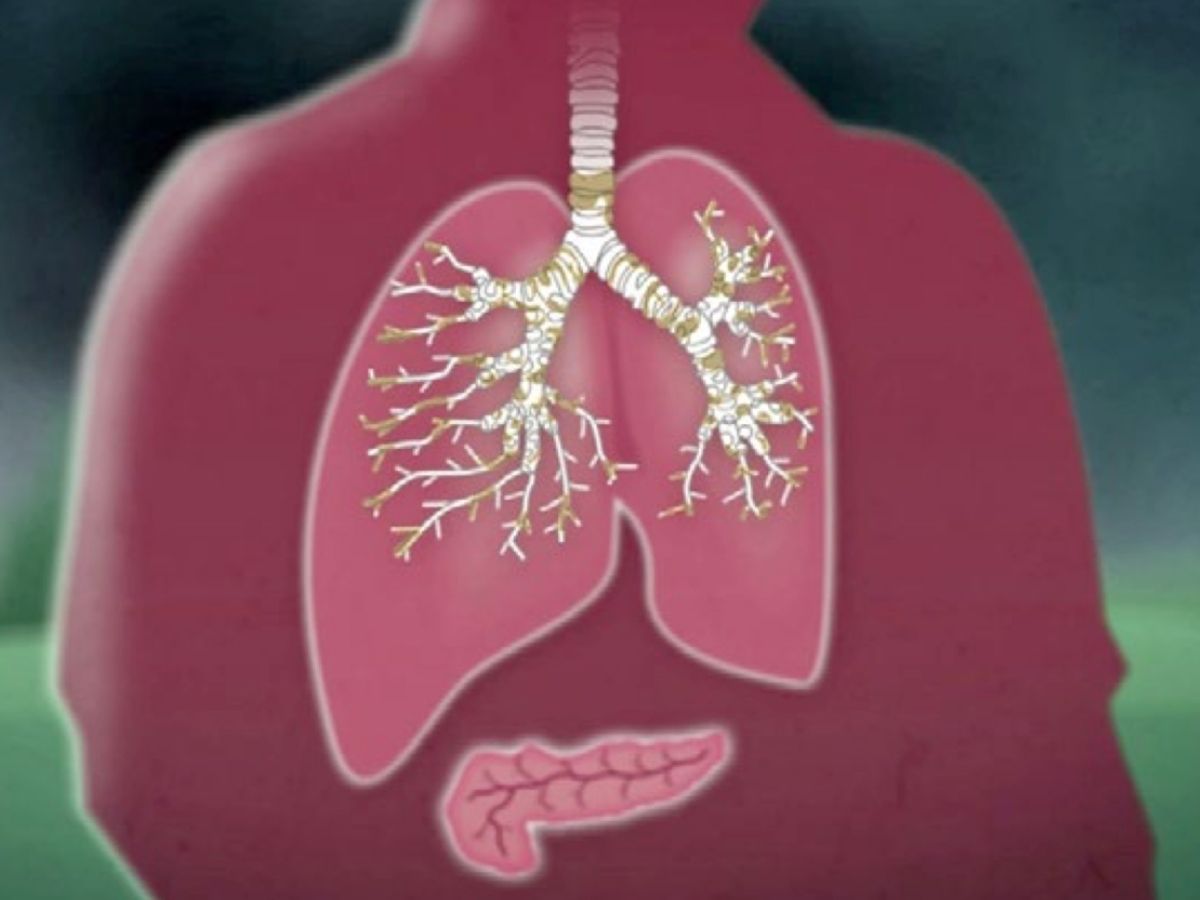The study was conducted by the researchers of IIT and Istituto G. Gaslini, supported by the Cystic Fibrosis Research Foundation
A new study published in the scientific journal JCI Insight reveals one of the mode of action of Kaftrio, a recently approved drug for the treatment of Cystic Fibrosis (CF). This finding clarifies the interaction between the drug’s chemical compounds and the human bronchial cells, paving the way to more effective therapeutical perspectives for the Cystic Fibrosis patients.
The research study was led by the Analytical Chemistry Laboratory of IIT-Istituto Italiano di Tecnologia (Italian Institute of Technology), co-ordinated by Andrea Armirotti, in collaboration with the IIT’s D3PharmaChemistry Lab directed by Tiziano Bandiera and with Nicoletta Pedemonte’s group at the Istituto Giannina Gaslini, Genova. The research study was supported by the Italian Cystic Fibrosis Research Foundation.
The drug Kaftrio has been recently approved by EMA for the treatment of Cystic Fibrosis in patients older than 12 carrying the F508 mutation of the CFTR gene. This mutation produces a malfunctioning “version” of the CTFR protein, a sort of channel that favors the excrection of chloride ions and others electrolytes outside the cell, with a consequent water secretion. This genetic defect implies a defective regulation of the protein and the subsequent disfunction in trasporting fluids to the tissues, especially in lungs and pancreas, causing the typical symptoms of Cystic Fibrosis. The treatment with Kaftrio has demonstrated to improve the pulmonary function, despite its biological mechanism was not totally clear.
The group of researchers discovered that the molecules of the drug act also by modifying the lipid composition of the bronchial cell membranes. Using advanced analytical techniques, the research team observed a sort of “resistance” of the treated cells toward the chemical stimuli that trigger cell death. This kind of protection occurs through a reduction of the natural levels of a group of lipids called ceramides, that play an important role in several biological mechanisms including apoptosis.
“Our discovery could pave the way to new therapeutical perspectives for CF patients, setting the basis to enhance the drugs’ effectiveness and enlarge the number of people that could profit from it”, says Andrea Armirotti, lead author of the study. “Despite the difficulties we all faced due to the CoVid-19 pandemic, the research effort on CF did not stop. These promising results encourage us to move forward to more advanced experimental models”.
Indeed, the next step of the research is to confirm these results on cells directly derived from Cystic Fibrosis patients, also with the goal to assess the individual differences between patients. In the future, the same approach could be extended to other CF mutations, potentially increasing the number of CF patients able to benefit from new drugs. “Since years, the development of new therapies for those affected by CF is a priority of our research group”, confirms Nicoletta Pedemonte, lead author of the study for Istituto G. Gaslini.
“This study – reports Prof. G. Mastella, scientific director of the Cystic Fibrosis Research Foundation – is part of a broader research program, supported by FFC, and aiming at identifying new therapies that are able to attack CF at its very root, even in patients who do not have access yet to such therapies”.
Learn more at : https://insight.jci.org/articles/view/138722/pdf





